Products
- Rare-Earth Oxides & Compounds products play a crucial role in electronics, communications , advanced aviation, healthcare, and military hardware. UrbanMines suggests various types of rare earth metals, rare earth oxides, and rare earth compounds that are optimal for customer needs, which include light rare earth and medium and heavy rare earth. UrbanMines is able to offer the grades desired by customers. Average particle sizes: 1 μm, 0.5 μm, 0.1 μm and others. Widely used for Ceramics sintering aids, Semiconductors, Rare earth magnets, Hydrogen storing alloys, Catalysts, Electronic components, Glass and others.
-

Lanthanum Hydroxide
Lanthanum Hydroxide is a highly water insoluble crystalline Lanthanum source, which can be obtained by adding an alkali such as ammonia to aqueous solutions of lanthanum salts such as lanthanum nitrate. This produces a gel-like precipitate that can then be dried in air. Lanthanum hydroxide does not react much with alkaline substances, however is slightly soluble in acidic solution. It is used compatibly with higher (basic) pH environments.
-
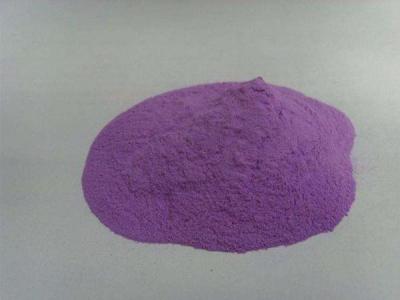
Lanthanum Hexaboride
Lanthanum Hexaboride (LaB6, also called lanthanum boride and LaB) is an inorganic chemical, a boride of lanthanum. As refractory ceramic material that has a melting point of 2210 °C, Lanthanum Boride is highly insoluble in water and hydrochloric acid, and converts to the oxide when heated (calcined). Stoichiometric samples are colored intense purple-violet, while boron-rich ones (above LaB6.07) are blue. Lanthanum Hexaboride (LaB6) is known for its hardness, mechanical strength, thermionic emission, and strong plasmonic properties. Recently, a new moderate-temperature synthetic technique was developed to directly synthesize LaB6 nanoparticles.
-
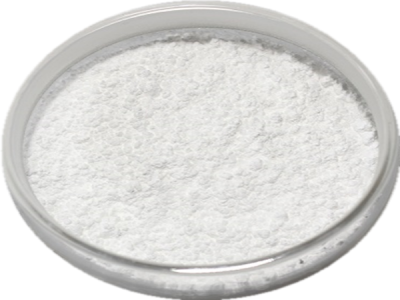
Lutetium(III) Oxide
Lutetium(III) Oxide (Lu2O3), also known as lutecia, is a white solid and a cubic compound of lutetium. It is a highly insoluble thermally stable Lutetium source, which has a cubic crystal structure and available in white powder form. This rare earth metal oxide exhibits favorable physical properties, such as a high melting point (around 2400°C), phase stability, mechanical strength, hardness, thermal conductivity, and low thermal expansion. It is suitable for specialty glasses, optic and ceramic applications. It is also used as the important raw materials for laser crystals.
-

Neodymium(III) Oxide
Neodymium(III) Oxide or neodymium sesquioxide is the chemical compound composed of neodymium and oxygen with the formula Nd2O3. It is soluble in acid and insoluble in water. It forms very light grayish-blue hexagonal crystals.The rare-earth mixture didymium, previously believed to be an element, partially consists of neodymium(III) oxide.
Neodymium Oxide is a highly insoluble thermally stable neodymium source suitable for glass, optic and ceramic applications. Primary applications include lasers, glass coloring and tinting, and dielectrics.Neodymium Oxide is also available in pellets, pieces, sputtering targets, tablets, and nanopowder.
-

Praseodymium(III,IV) Oxide
Praseodymium (III,IV) Oxide is the inorganic compound with the formula Pr6O11 that is insoluble in water. It has a cubic fluorite structure. It is the most stable form of praseodymium oxide at ambient temperature and pressure.It is a highly insoluble thermally stable Praseodymium source suitable for glass, optic and ceramic applications. Praseodymium(III,IV) Oxide is generally High Purity (99.999%) Praseodymium(III,IV) Oxide (Pr2O3) Powder lately available in most volumes. Ultra high purity and high purity compositions improve both optical quality and usefulness as scientific standards. Nanoscale elemental powders and suspensions, as alternative high surface area forms, may be considered.
-
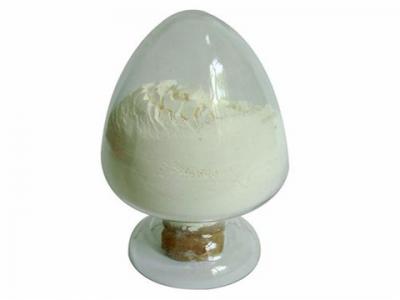
Samarium(III) Oxide
Samarium(III) Oxide is a chemical compound with the chemical formula Sm2O3. It is a highly insoluble thermally stable Samarium source suitable for glass, optic and ceramic applications. Samarium oxide readily forms on the surface of samarium metal under humid conditions or temperatures in excess of 150°C in dry air. The oxide is commonly white to off yellow in color and is often encountered as a highly fine dust like pale yellow powder, which is insoluble in water.
-
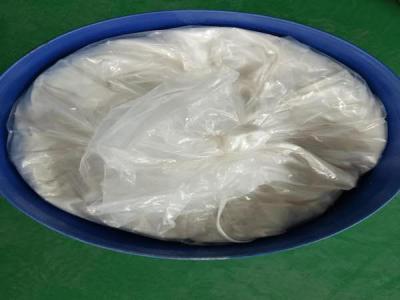
Scandium Oxide
Scandium(III) Oxide or scandia is a inorganic compound with formula Sc2O3. The appearance is fine white powder of cubic system. It has different expressions like scandium trioxide, scandium(III) oxide and scandium sesquioxide. Its physico-chemical properties are very close to other rare earth oxides like La2O3, Y2O3 and Lu2O3. It is one of several oxides of rare earth elements with a high melting point. Based on present technology, Sc2O3/TREO could be 99.999% at highest. It is soluble in hot acid, however insoluble in water.
-
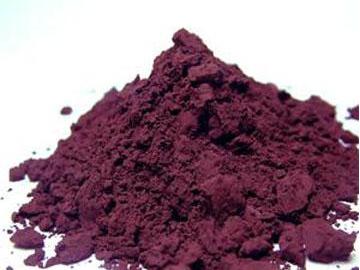
Terbium(III,IV) Oxide
Terbium(III,IV) Oxide, occasionally called tetraterbium heptaoxide, has the formula Tb4O7, is a highly insoluble thermally stable Terbium source.Tb4O7 is one of the main commercial terbium compounds, and the only such product containing at least some Tb(IV) (terbium in the +4 oxidation state), along with the more stable Tb(III). It is produced by heating the metal oxalate, and it is used in the preparation of other terbium compounds. Terbium forms three other major oxides: Tb2O3, TbO2, and Tb6O11.
-

Thulium Oxide
Thulium(III) Oxide is a highly insoluble thermally stable Thulium source, which is a pale green solid compound with the formula Tm2O3. It is suitable for glass, optic and ceramic applications.
-
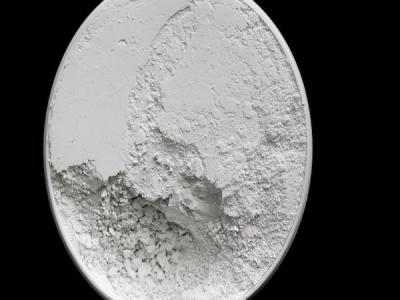
Ytterbium(III) Oxide
Ytterbium(III) Oxide is a highly insoluble thermally stable Ytterbium source, which is a chemical compound with the formula Yb2O3. It is one of the more commonly encountered compounds of ytterbium. It is usually used for glass, optic and ceramic applications.
-
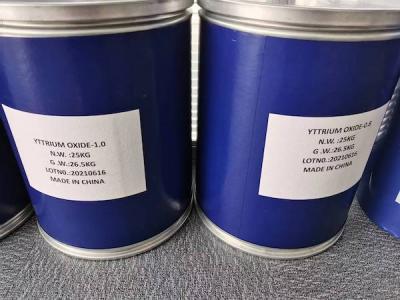
Yttrium Oxide
Yttrium Oxide, also known as Yttria, is an excellent mineralizing agent for spinel formation. It is an air-stable, white solid substance. It has a high melting point(2450oC), chemical stability, low coefficient of thermal expansion, high transparency for both visible (70%) and infrared (60%) light, low cut off energy of photons. It is suitable for glass, optic and ceramic applications.
















